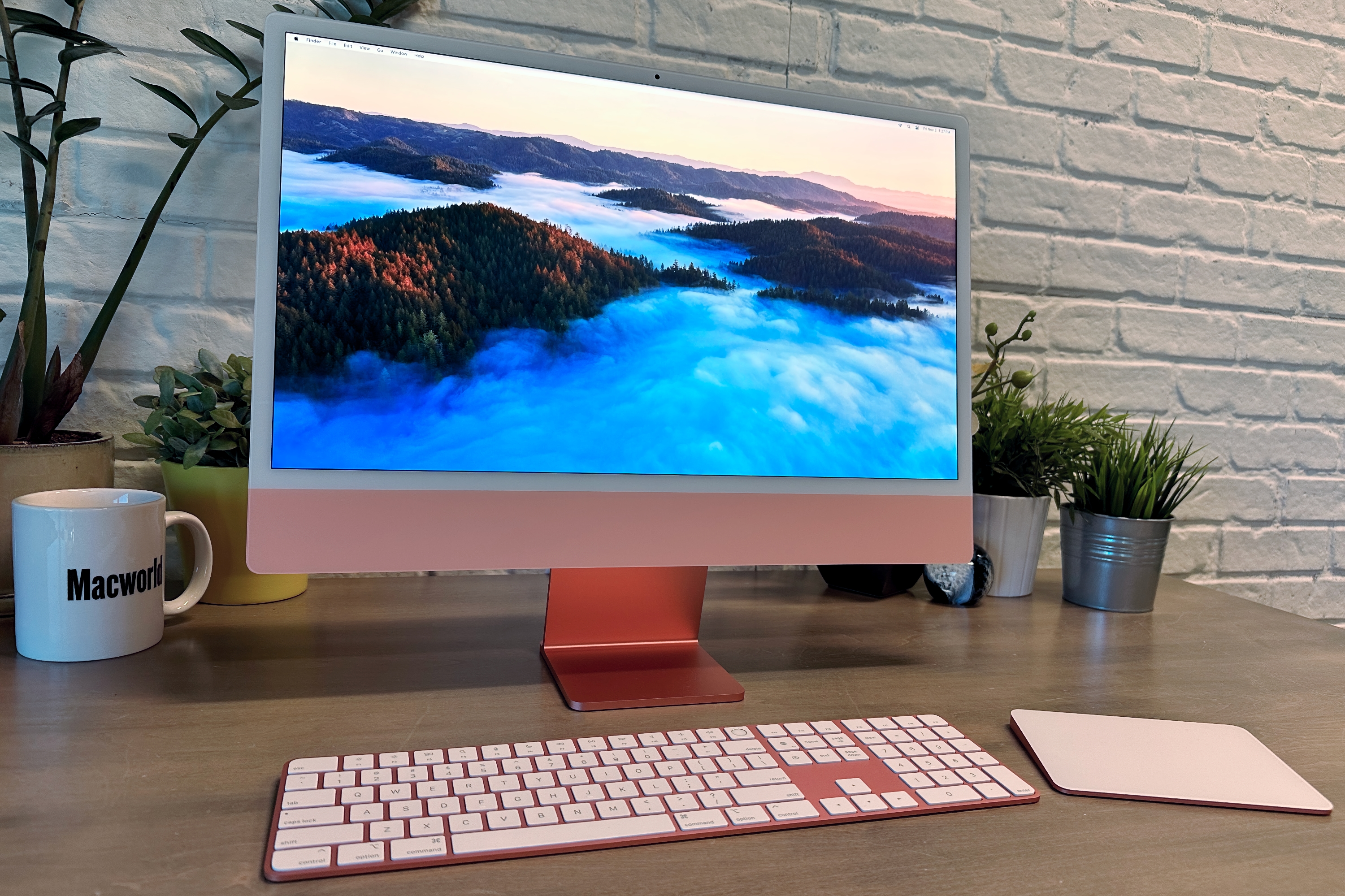I love it when Apple steals. First of all, it makes sense. His designs are generally pretty good.
Just ask Samsung (zing).
Second, it gives its products a sense of cohesion and often a sense of history. Pick up the Apple TV remote and you can see the original iPod Shuffle. Not all design homages are so easy to distinguish. Apple's recently updated Macs got me thinking about how the company likes to recycle not only the materials in its products, but also their appearance.
Backtracking on Mac
The iMac is essentially an updated version of the classic Mac: an all-in-one design for the average user. The reason the classic Mac form factor had substantial depth was primarily to accommodate a CRT. Indeed, the first iMacs took a tapered shape because the CRT was the main constraint since the other components became smaller but the screen became larger. Yet the shape of the classic Mac and the current iMac is essentially a screen placed at the top of a rectangle. It's not complicated, but Apple is one of the few companies that has been creating an all-in-one form factor for decades that is a true blockbuster computer in terms of performance and aesthetics. Say what you want about the boring shape of these iMacs, at least they come in real colors, just like the original iMacs.

With the iMac, Apple is the only company to have created an all-in-one desktop computer that is not only successful, but also iconic.
Foundry
Apple also updated the Mac mini, making it the smallest mini ever. These 2024 Mac minis are rumored to look more like an Apple TV, but they're actually more like a small Mac Studio, which is more what it is. The Mac mini has always owed part of its inspiration to the much-loved and often-maligned G4 Cube and the 2024 iteration makes the homage even more pronounced. Personally, I think Apple could take it up a notch and add clear plastic, but Apple might be reluctant to do so because the plastics don't look as premium and don't hold up as well to darker materials (even if I've seen some graphite Mac minis that beat the hell out of it).
So while I like the references, Apple's current design ethos is still rather minimalist, perhaps too staid. Overall, Apple's products lack the sense of whimsy present in some of its older offerings.
One rumored device that could change that is the mysterious smart home accessory that is expected to have a screen or arm like the iMac G4. If Apple offers a WALL-E style device that follows you around the kitchen, I think there are other smart ways to reuse, recycle and reinvigorate its product line.
Not-So-Crazy Apple Product Ideas
Apple has hinted that it may move further into the home automation space. For years, one standard after another has promised to make everything work together perfectly in your home, but it hasn't happened yet. It's high time Apple did for home automation what it did for wireless headphones: create its own devices that work better. And while he's doing that, would it kill him to do it with a wink? That's why I'm turning to you today to ask you to sign my online petition asking Apple to make a thermostat that looks like a classic iPod. Do you want the heat to rise? Turn the wheel clockwise. Do you want it to go down? Come back the other way. The buttons around the rim can set the other functions. No need to put a 5 GB spinning hard drive in it.

The iPod had a great design. Surely the company can find a way to revive it somehow in a new product.
RR Auctions
According to Apple lore, Steve Jobs wasn't a fan of the Newton but he liked the look of the eMate. The iBook then was based on the eMate design, making it more sturdy than previous Apple laptops and featuring a handle. An iPad in a rugged form factor with a dedicated keyboard might be a good third-party opportunity, but if Apple delivers a touchscreen Mac, some of that old eMate/iBook magic might sweeten the deal. Who doesn't love a handle?
Finally, let's turn to the iPod nano. No other device in Apple's history has undergone as many changes as the nano. The nano was Apple's playground, going from a tiny classic iPod shape to square, then vertical, then to a simple square touchscreen and finally to an iPhone-like appearance. Apple has – unfortunately, in my opinion – left small phones behind, apparently deciding that the number of units shipped wasn't worth it.
But what if it was a smaller phone that would be the odd phone out? It's hard to screw up success and it's even harder to support odd screen sizes, but imagine if Apple had a line of iPhones experimenting with different materials, perhaps putting Touch ID in the button power supply, he could even try an electronic ink screen, giving him crazy autonomy. Imagine if there was a line he could have fun with. He did that with the nano, he could do it again.
I love it when Apple copies itself. I wish he copied himself more.



